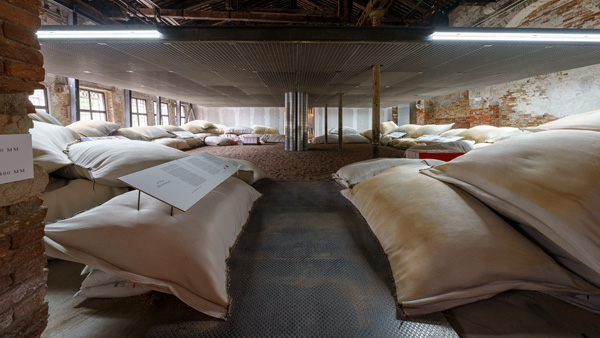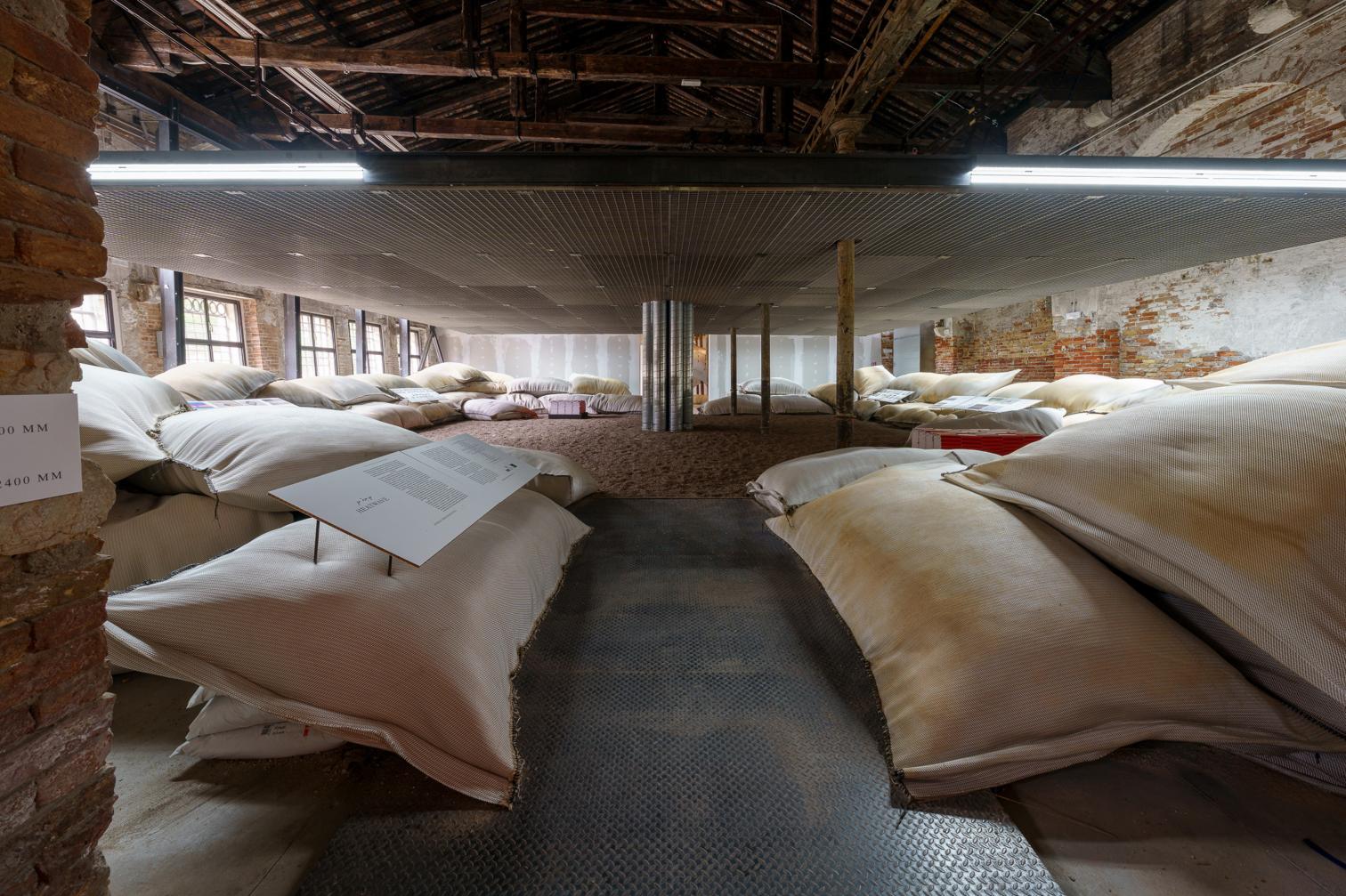
Andrea Faraguna, Bahrain Pavilion, ‘Heatwave’.
With last Saturday’s kick-off, the Venice Architecture Biennale unveiled the awardees of its nineteenth cycle, a selection of the best presented works, duly certified by a jury composed of the critic Hans Ulrich Obrist, the MoMA director of research Paola Antonelli, and the professor Mpho Matsipa. As proposed by Carlo Ratti, the general curator, lifetime-achievement accolades had previously been bestowed on the designer Italo Rota, posthumously in this case, and on the philosopher Donna Haraway.
The Golden Lion for Best National Participation went to Bahrein’s exhibition, curated by the Venetian architect Andrea Faraguna. ‘Heatwave’ is an installation fitted into the central stretch of the Artiglierie del Arsenale that addresses the extreme heat resulting from climate change by learning from the acclimation strategies applied in the small Arabic island. A cross between a solar chimney and a pergola, a metal framework hangs from a central bundle of conduits that channel moisture – theoretically thanks to a geothermal pit, but in Venice by mechanical means – and diffuse it through the air: a solution easily exportable to any urban environment, and which with just a few elements creates a contemporary majlis of sorts, protected against the midday sun.
Two other national pavilions received honorable mention: the Holy See’s and Great Britain’s. For the former, ‘Opera aperta,’ the curators Marina Otero and Giovanna Zabotti – with Tatiana Bilbao Estudio and MAIO in charge of the design – came up with the idea of an empathic restoration of Santa Maria Ausiliatrice, a historic complex whose refurbishment will be a construction site with room too for conservatory rehearsals and informal gatherings around a large kitchen table. For its part, the transdisciplinary quarter formed by Kathryn Yusoff, Stella Mutegi, Kabage Karanja, and Owen Hopkins presents ‘GBR: Geology of Britannic Repair,’ an Anglo-Kenyan collaboration that in several installations examines the relations between architecture and colonization, and which the Maasai ‘veil’ over the neoclassical British building in the Giardini sums up.
In the curated section, the statuette of the winged felid has gone to ‘Canal Café,’ a project of Diller Scofidio+Renfro that has taken nearly two decades to materialize, despite the simplicity of its idea: preparing an espresso with water extracted from the canals. To the despair of the health authorities, any visitor can stop for a coffee where the fluid of the dock is put through an intricate system of filters that first disinfects, and then desalinates it, in a real-time engineering exercise reminiscent of the sophisticated pozzi with which Venetians once obtained their potable water. The liquid having gone through inverse-osmosis tanks, ultraviolet radiation, and halophytic plants, the final touch comes from chef Davide Oldani, person in charge of checking the quality of the water and choosing the grains that place the coffee at a par with his Michelin restaurant.
The power of technology also inspired the work that won the Silver Lion, albeit in a very different way. ‘Calculating Empires,’ by the Australian academic Kate Crawford and the visual artist Vladan Joler, is a graphic genealogy, in the Corderie, that in twenty-four meters of panel – broken up in parallel walls – captures the intricate tangle of control mechanisms that the world’s dominant powers have wielded since the year 1500. Finally, in the ocean of projects on display in the mostra, special mention went to two research works on waste management: ‘Alternative Urbanism,’ an audiovisual montage through which the Nigerian architect Tosin Oshinowo draws attention to the reality of waste markets in Lagos; and ‘Elephant Chapel,’ a prototype of a voussoir structure made of elephant dung, proposed by the Thai architect and artist Boonserm Premthada.
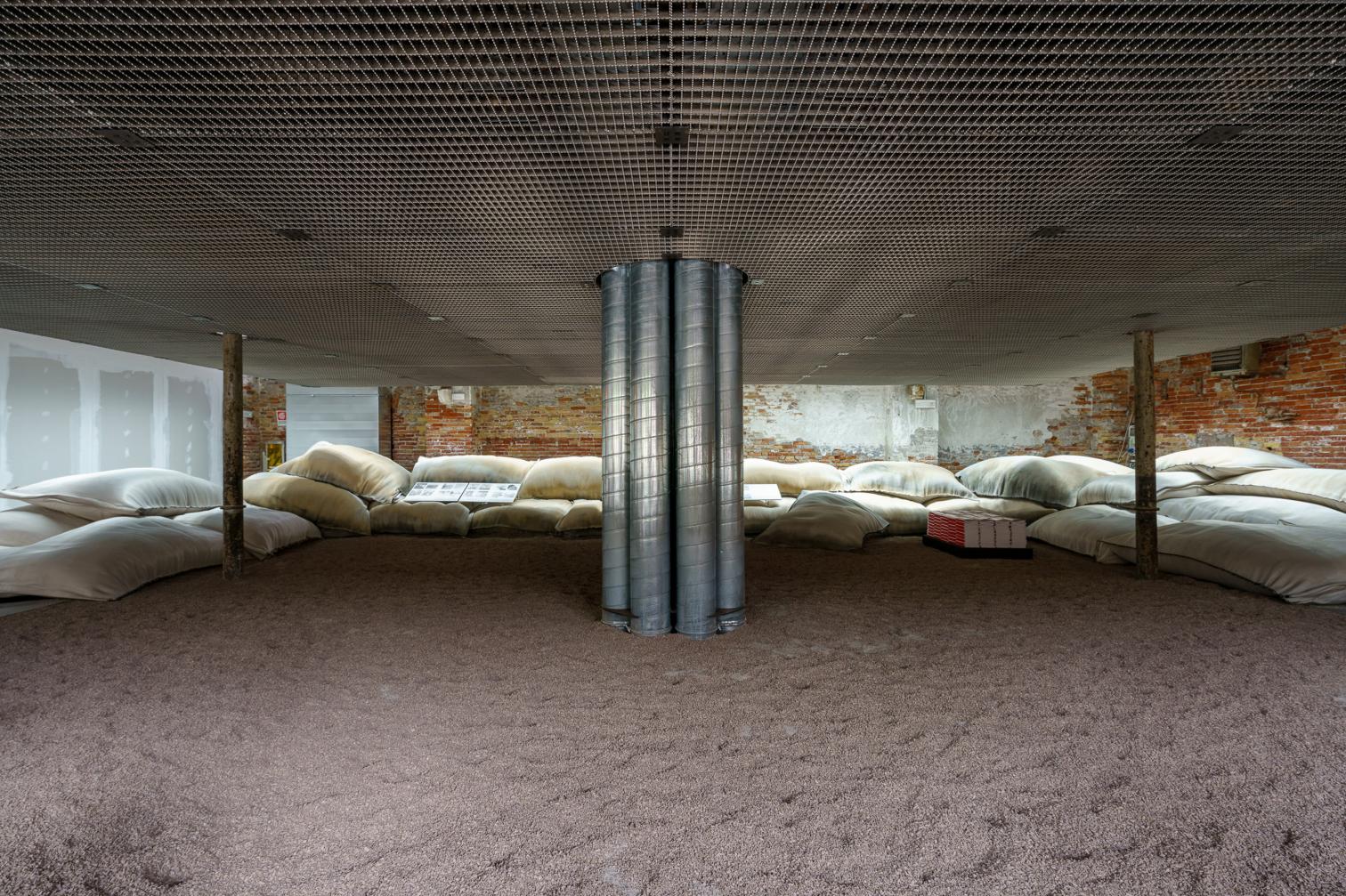
Andrea Faraguna, Bahrain Pavilion, ‘Heatwave’.
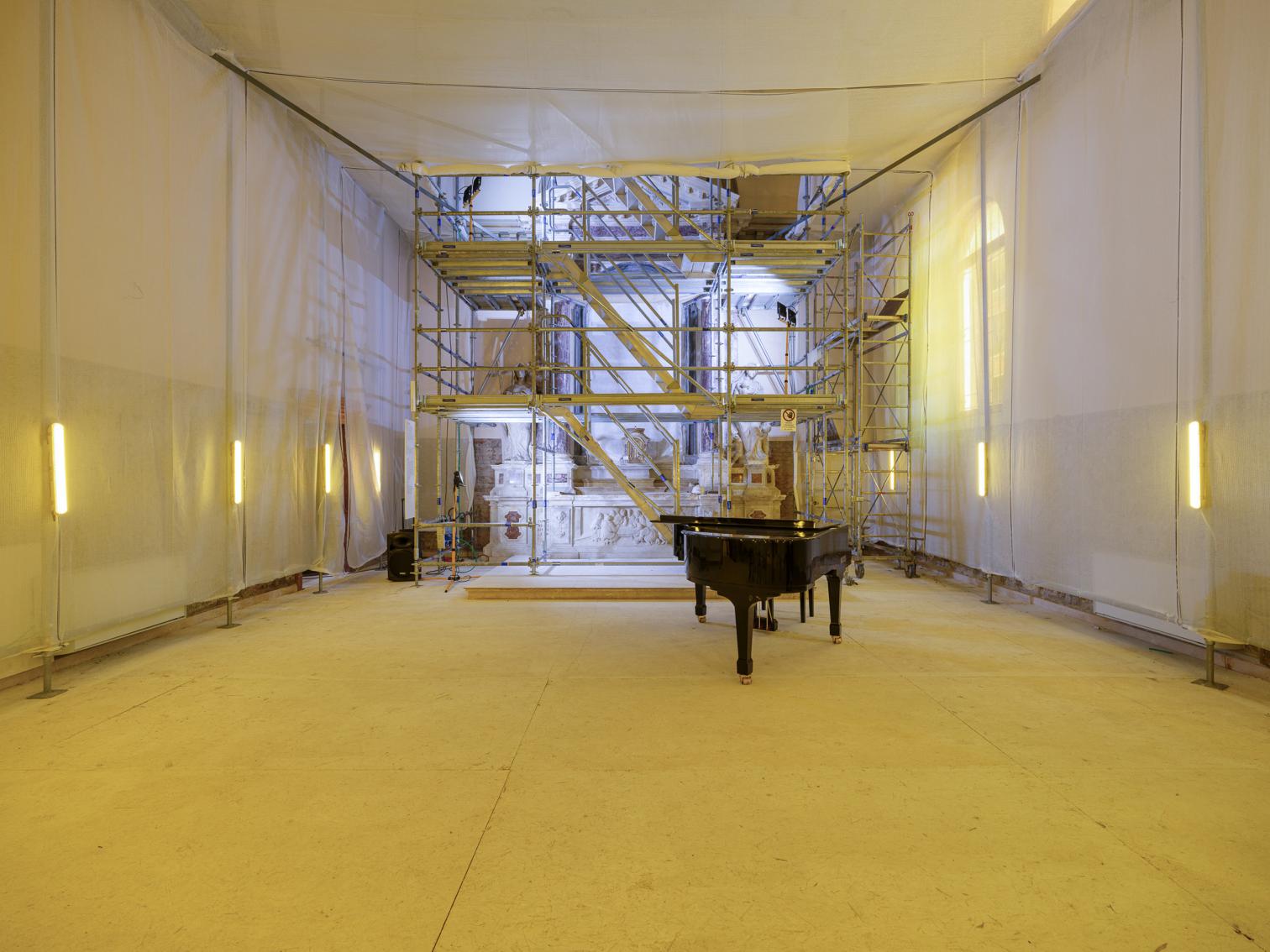
Marina Otero and Giovanna Zabotti, Pavilion of the Holy See, ‘Opera aperta’
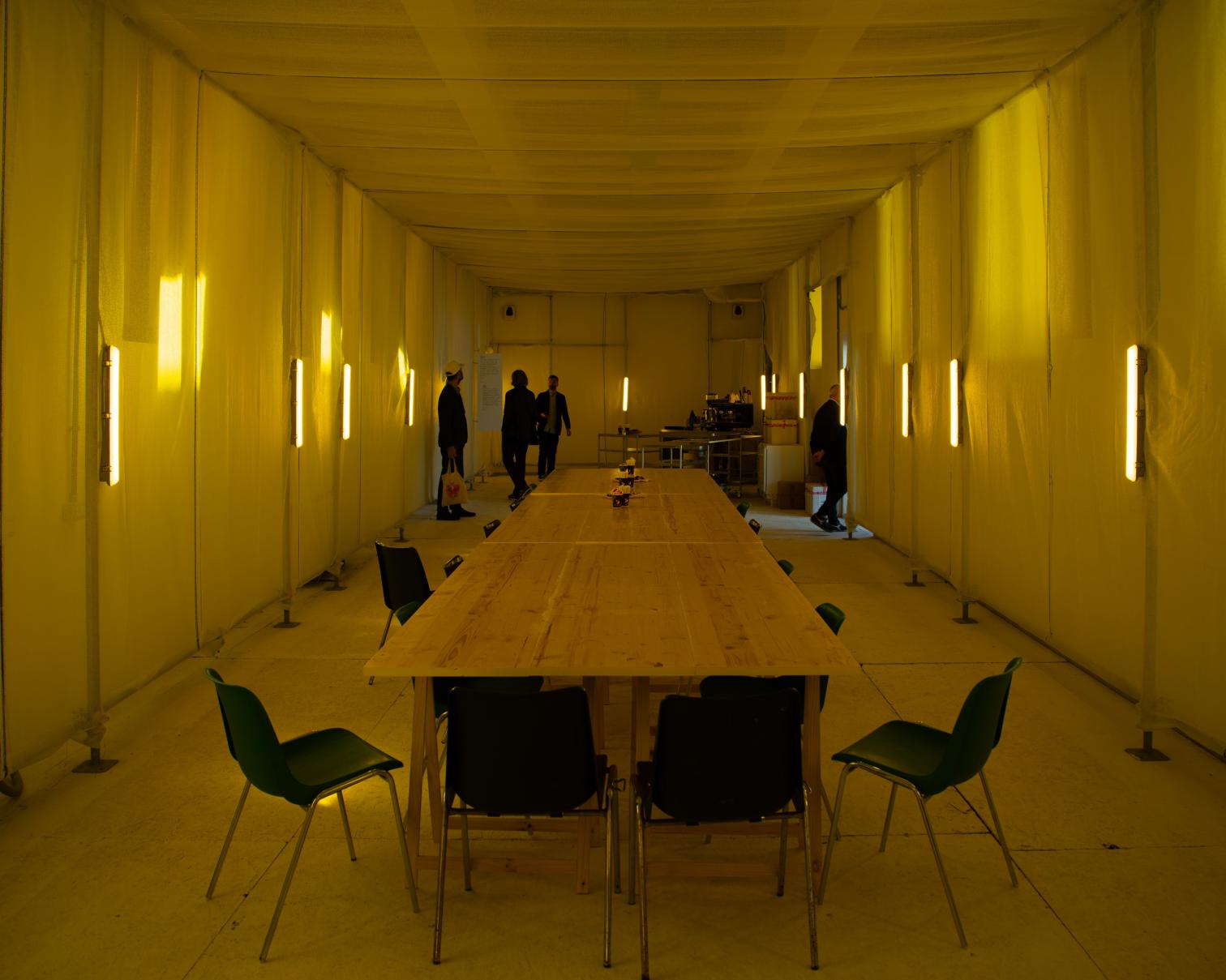
Marina Otero and Giovanna Zabotti, Pavilion of the Holy See, ‘Opera aperta’
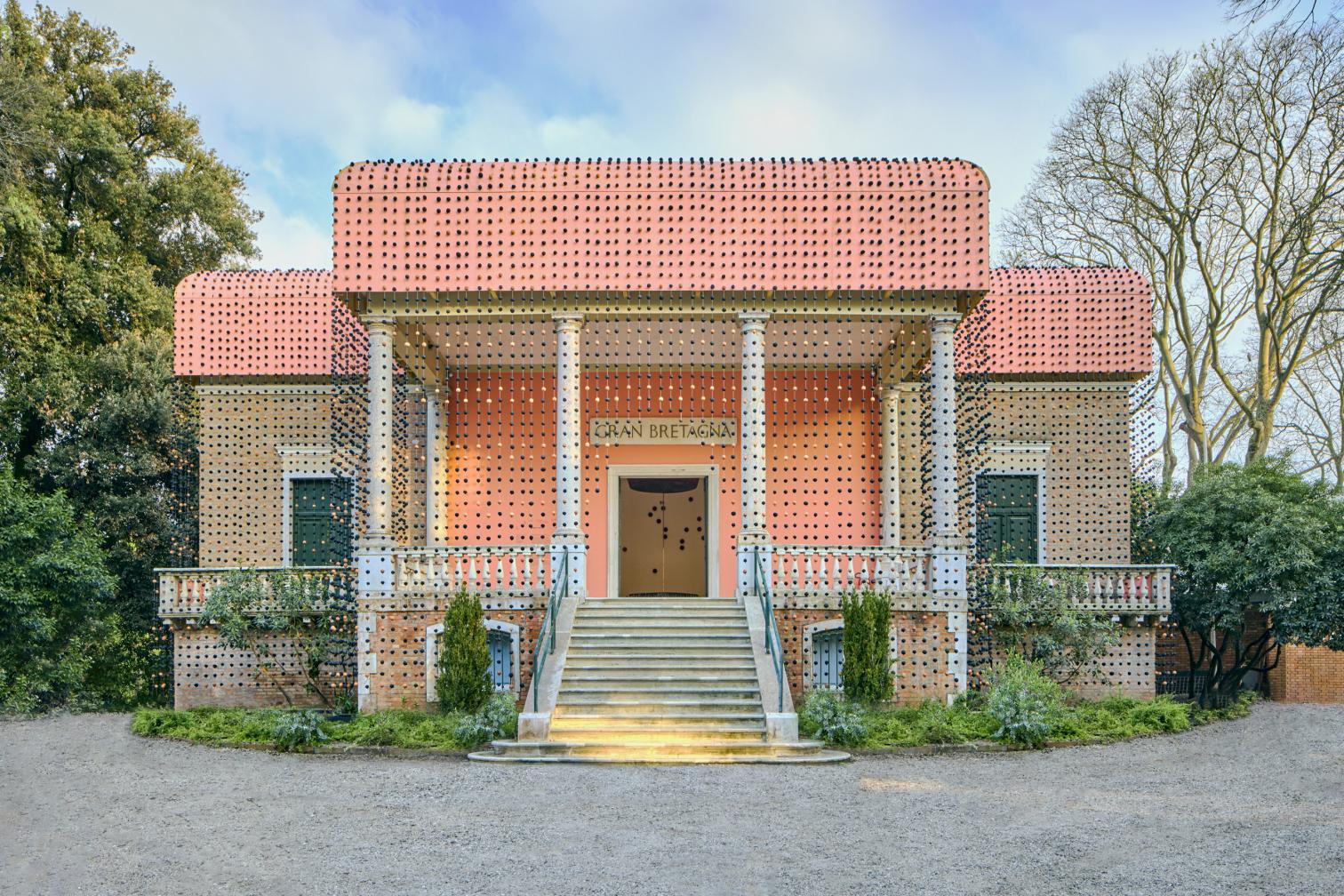
Cave_bureau, Owen Hopkins and Kathryn Yusoff, Great Britain Pavilion, ‘GBR: Geology of British Repair’
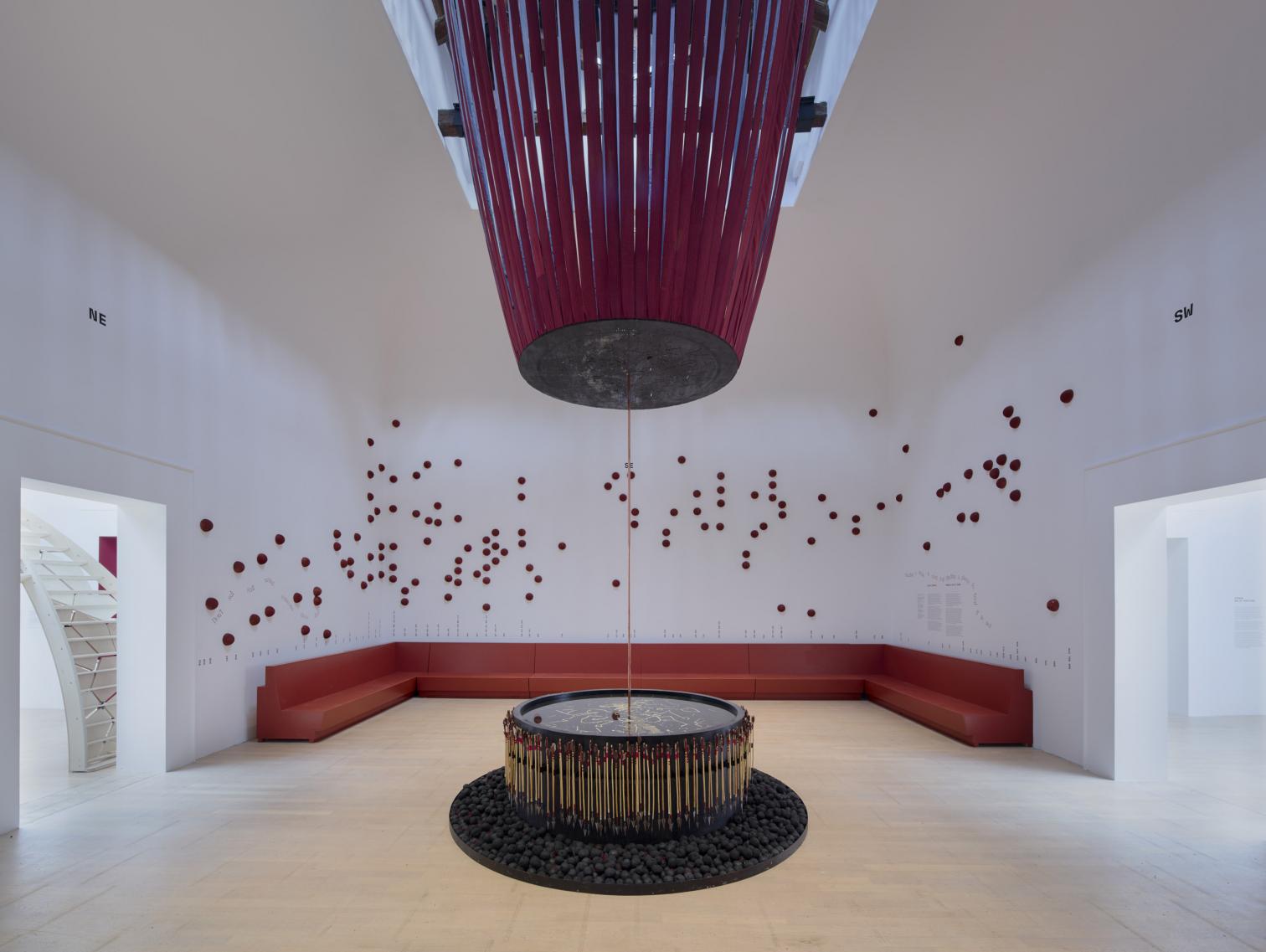
Cave_bureau, Owen Hopkins and Kathryn Yusoff, Great Britain Pavilion, ‘GBR: Geology of British Repair’
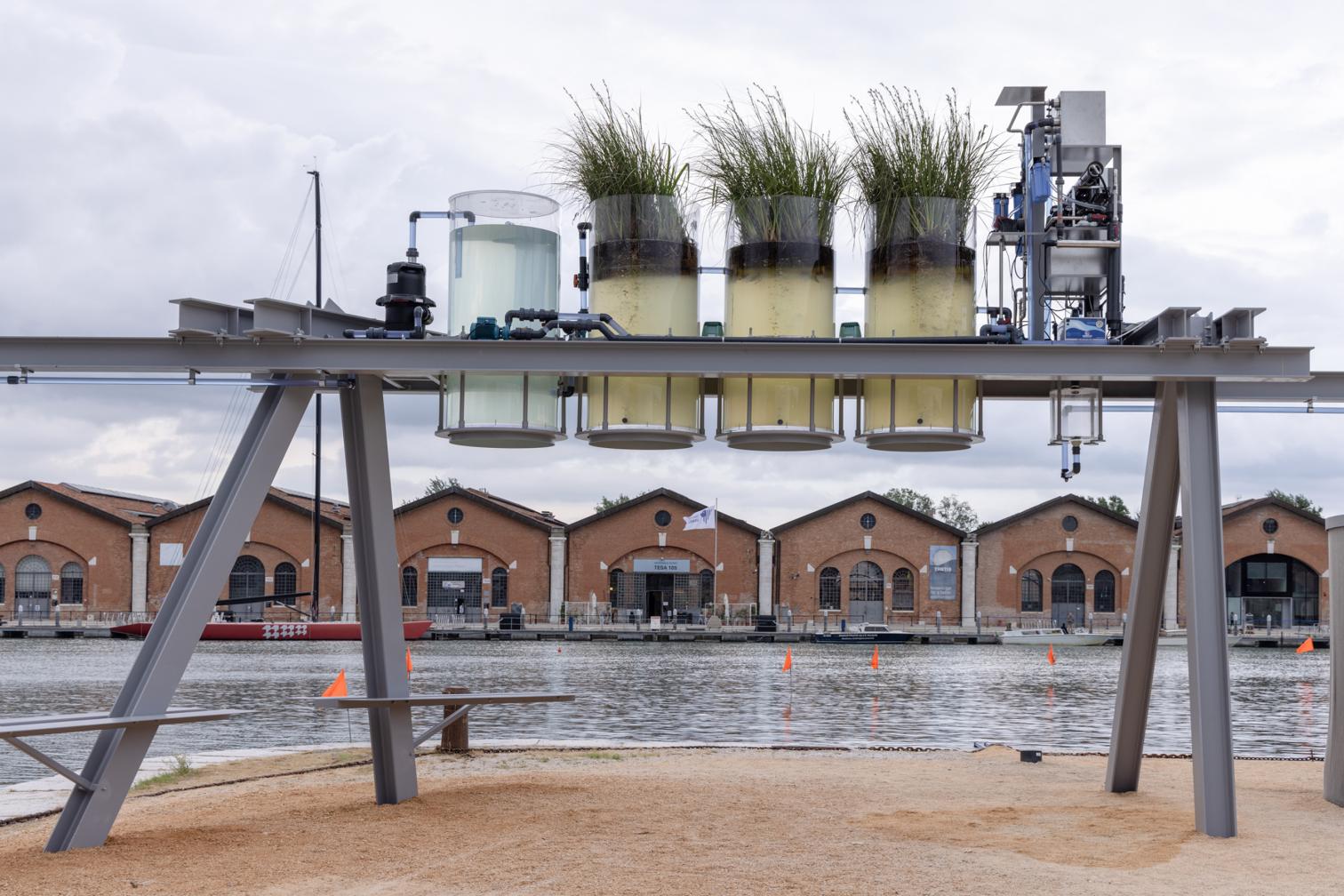
Diller Scofidio+Renfro, Natural Systems Utilities, SODAI, Aaron Betsky y Davide Oldani, ‘Canal Café’
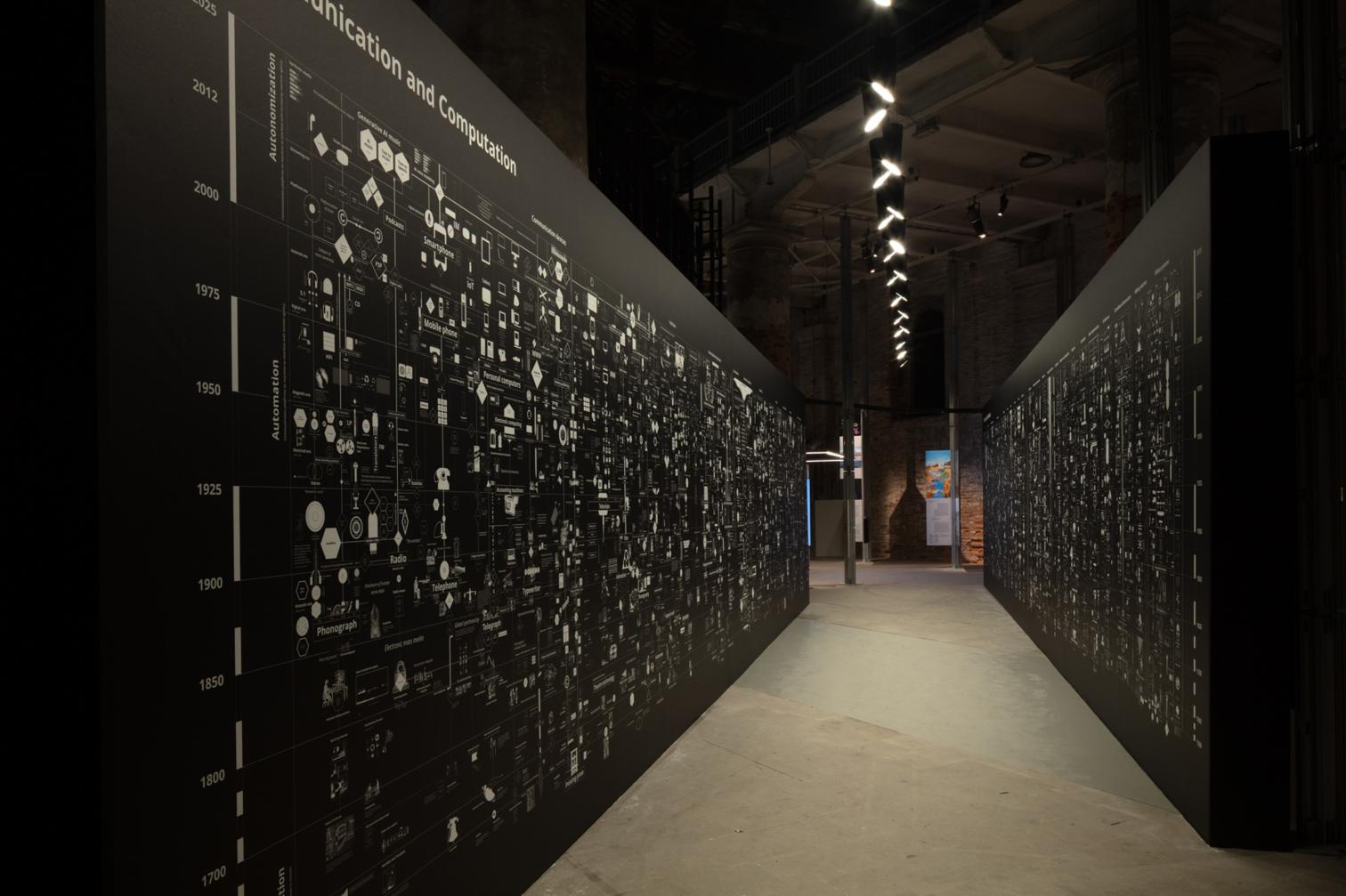
Kate Crawford and Vladan Joler, ‘Calculating Empires: A Genealogy of Technology and Power Since 1500’
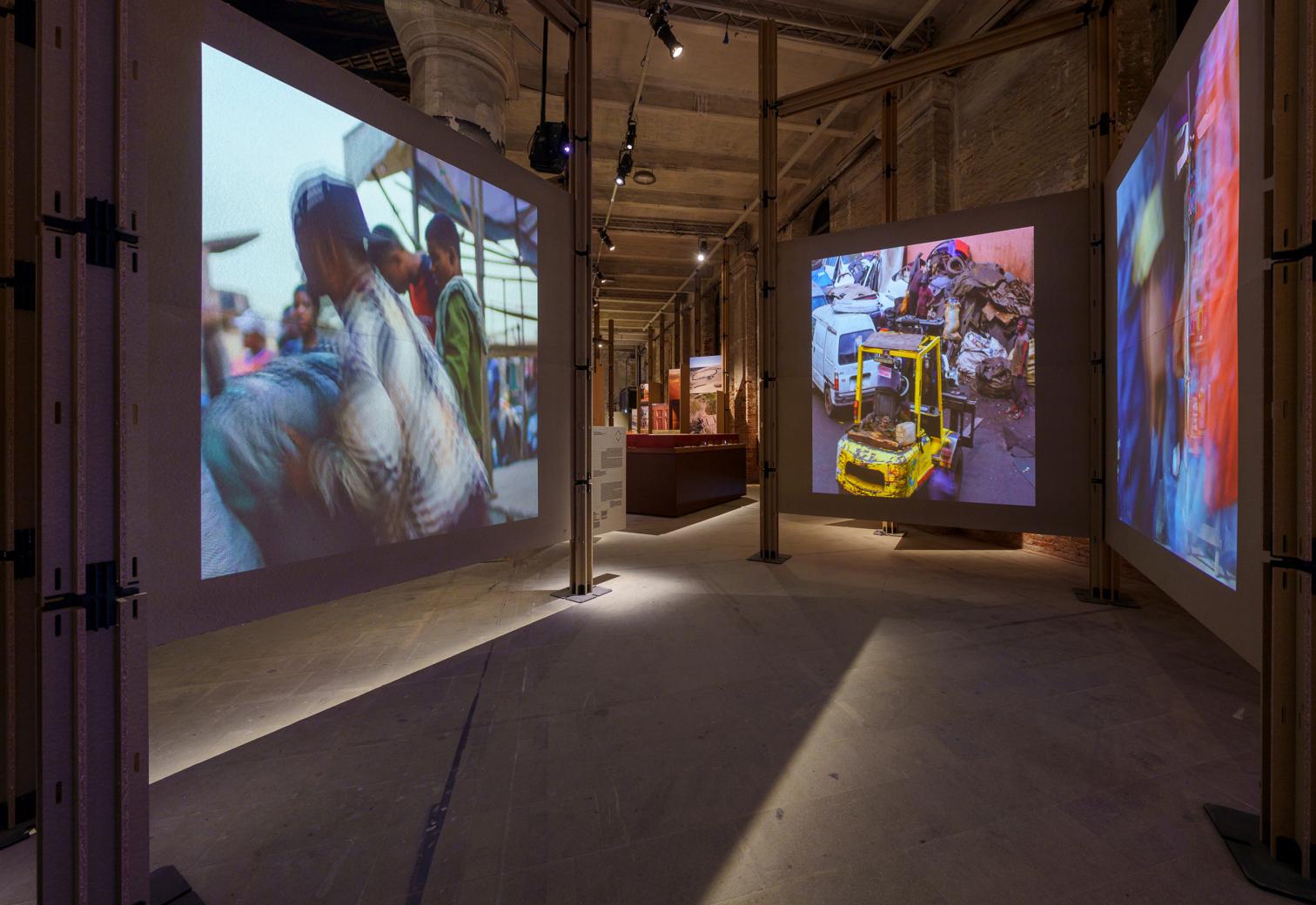
Oshinowo Studio, ‘Alternative Urbanism: The Self-Organized Markets of Lagos’
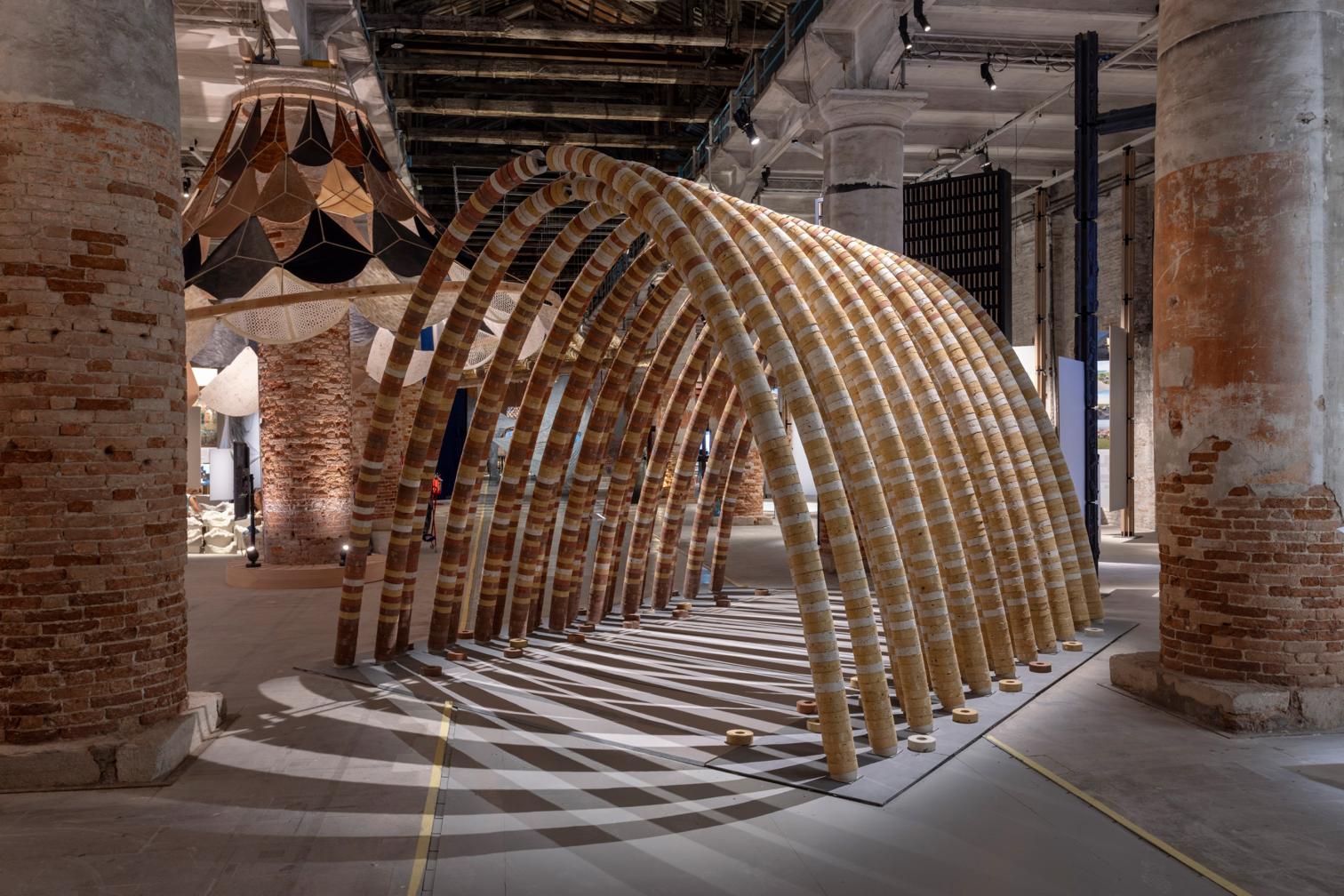
Boonserm Premthada, ‘Elephant Chapel’

